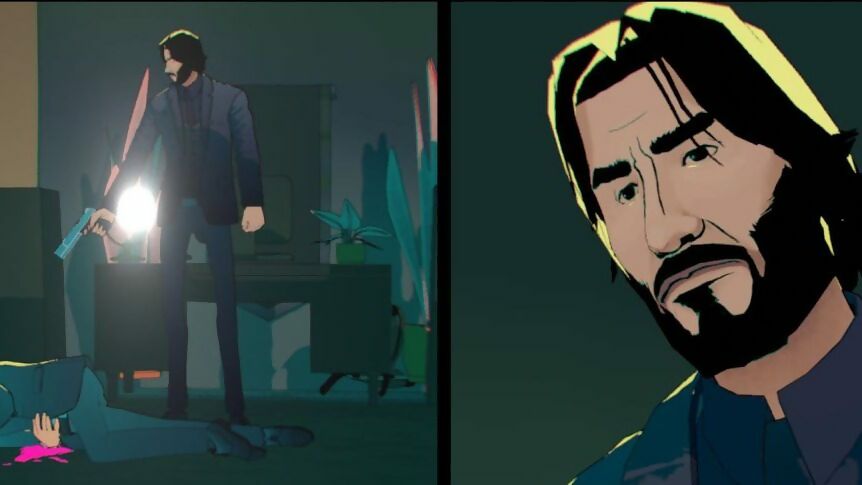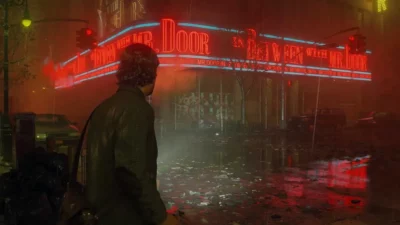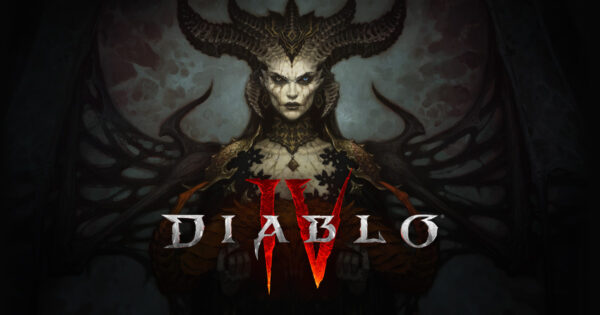
Methodical planning meets extreme violence in Bithell Games’ John Wick Hex. Here’s our review…
Part of the John Wick films’ joy is the inevitability of John’s success. In the first film, when crime boss Viggo realises that John is coming, he knows straightaway that they can’t win against the ‘Baba Yaga’.
By comparison, the John of John Wick Hex – a prequel to the movies – often feels like he’s coming off a bad night’s sleep and can’t quite work the stiffness out of his joints. As you control John, what he can’t do is as glaring as what he can. He can’t melee from a crouching position or stop firing a machine pistol after his target is already dead, for instance.
He certainly can’t quickly fire off a point-blank headshot on a downed target the way he does in the films.
John’s limitations are deliberate, a way of evening the odds and making the character vulnerable – effective invincibility is less interesting in a game than it is in a movie. Rather than a straight-up power fantasy, John Wick Hex is a strategy game that makes you perform constant cost-benefit analyses of your potential options for dealing with each level’s goons.
Combat is boiled down to a series of rules, percentages, and time codes, with a rigidity that can often be stifling. While there are moments where everything clicks into place, and your decisions lead to a satisfying sequence of actions and events, it rarely feels like John Wick.
Every action you can perform is mapped out across two interconnected spaces – the setting John is within, and the ‘timeline’ that runs across the top of the screen. You move through the node-based levels by clicking on dots on the ground and selecting actions, but over time you’ll come to realise how important it is that you keep an eye on that timeline, which tracks exactly how long every action made by yourself and your enemies takes.
Time stops when you’re not moving, giving you time to plan out your next action and account for enemies, and assess whether your actions will supersede your opponents’.
If someone already has their gun trained on you, the timeline might show that if you start firing, they’re going to get their shot off first and hit you – but you have enough time to crouch, meaning you can duck out of the line of fire. It might show that the goon to your immediate right isn’t ready to throw a punch yet, giving you plenty of time to pull off a takedown, or push them up against a wall, simultaneously moving away from the gun-toting baddie you’ve also spotted walking through a door at your six o’clock.
When everything goes to plan, and you manage an efficient run through a level or you scrape through a tense situation, John Wick Hex can be extremely satisfying. The methodical planning feels closer to those Guy Ritchie Sherlock Holmes films than John Wick, though, and while this style of gameplay is meant to capture John’s superior instincts and efficiency, the system often feels rickety.
Enemies rarely go down from a single gunshot, and there’s an associated cost with everything you do. Most actions require ‘focus’ (which you can recharge when you’re not being attacked), healing requires bandages (which are in extremely short supply), and firing your gun requires bullets (which, weirdly, cannot be salvaged from dropped weapons – you need to pick up a new gun when you run out).
And, of course, everything takes time. It’s difficult to do anything ‘cool’ in John Wick Hex, and the stiff animations often make John feel more like an action figure with limited articulation than an efficient assassin.
Resources carry over across sets of levels, so if you use up all your bandages in the first section of a six-level area, you really can’t afford to take further hits. If you find yourself towards the end of a section with low health and no bandages left, you’ll need to either complete the rest of the missions perfectly or simply restart the whole set.
It’s satisfying when you’re on top of things and feeling confident by the midway mission, but semi-random enemy placement and the game’s punishing systems make a ‘perfect’ run brutally difficult.
The game’s placement within the larger (fascinating) universe created by the movies could not be duller, either. It’s a prequel, with plenty of nods to the High Table and the rules dictating this universe, plus the voice chops of Lance Reddick and Ian McShane in a handful of cutscenes and narration interludes.
But John himself is just a cypher that kind-of looks like Keanu Reeves. It all feels like window dressing; some of the terminology and aesthetics from the series are carried over, but the world isn’t built on further in any meaningful way.
There’s a ‘replay’ feature that lets you watch all your actions play out in real-time after a level’s completed. It’s a fun idea, but it reduces even the game’s coolest moments to an arthritic display as John very slowly walks through environments, rolling awkwardly, and taking forever to fire off a shot. John Wick Hex has its moments, but it feels disconnected from the series that spawned it.
Highlight
John Wick Hex’s contemplative pace means the aftermath of violence is often more exciting than the violence itself. When you’ve gotten through a tense situation, and the bodies have piled up around you, it’s good to take a breath and pat yourself on the back for pulling it off.
Verdict: 61%
There are some worthwhile thrills among John Wick Hex’s frustrating moments, but it’s not a great spin-off.
Genre: Strategy
Format: PC
Developer: Bithell Games
Publisher: Good Shepherd Entertainment
Price: £15.99
Release: Out now





